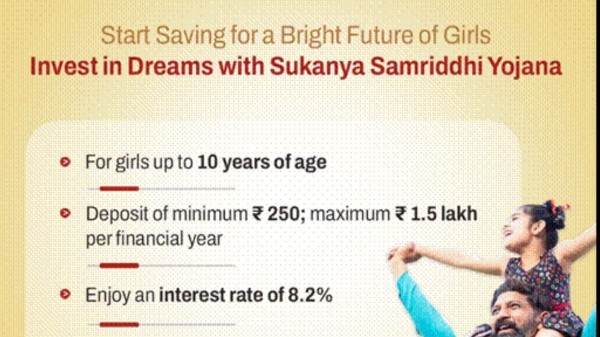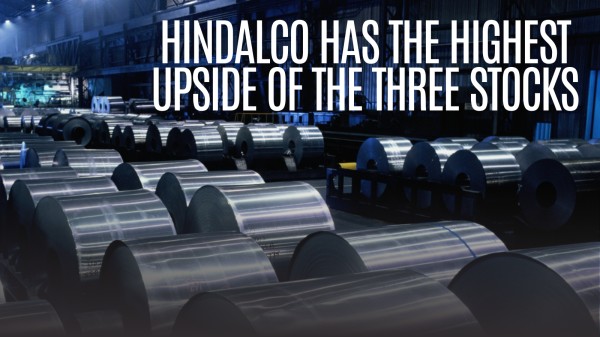

By signing in or creating an account, you agree with Associated Broadcasting Company's Terms & Conditions and Privacy Policy.


By signing in or creating an account, you agree with Associated Broadcasting Company's Terms & Conditions and Privacy Policy.

Kolkata: When it comes to home loans, public sector banks have beaten their private sector counterparts hollow in the past four years, reports have stated. The data has been revealed by credit bureau CRIF Highmark. The aggressive expansion of the home loan portfolio of public sector banks have been attributed to competitive interest rates.
Public sector banks have not only become the biggest sources of fund but has also left the private sector banks, which are more efficient in public perception, far behind in home loan disbursements. The home loan market was tilted towards the private sector lenders. By the way, the largest lender of home loans in the country is State Bank of India (SBI).
Public sector banks have emerged as the largest financiers of new mortgages over the past four years, drastically altering the market dynamics in the home-loan segment and forcing a reshuffle of the industry leader-board earlier tilted toward private lenders.
Over the past four years PSU banks have chipped away market share steadily from private banks, CRIF Highmark data have shown. While the share of PSU banks was only 34% in FY22, it ballooned to 42.9% in FY25. On the other hand, the share of private sector banks have slid from 42.6% in FY22 to 29.8% in FY25.
The superlative performance of the PSU banks have also been corroborated by Financial Stability Report (FSR) of the Reserve Bank of India which was published in June 2025. It stated that the overall credit growth of government-owned banks have left private sector banks behind, with home loans being one of prime drivers of growth.
According to a report by CareEdge (formerly CARE Ratings), the home loan growth in Indian banks grew at a compounded growth rate of 17% between FY19 and FY24, while the housing finance companies grew by 12%. Published in March 31, 2025, this report said the housing finance market will expand by more than 100% in the next six years.
Incidentally, home loans are the most significant home loans in so far as the multiplier effect is concerned. The fortunes of a few big industries such as cement, paints, electricals, decorative items, sanitaryware and bricks are linked with the fate of the home loan business. Moreover, real estate construction is a labour-intensive business that generates employment for a large number of people, especially in the lower end of the financial pyramid.












